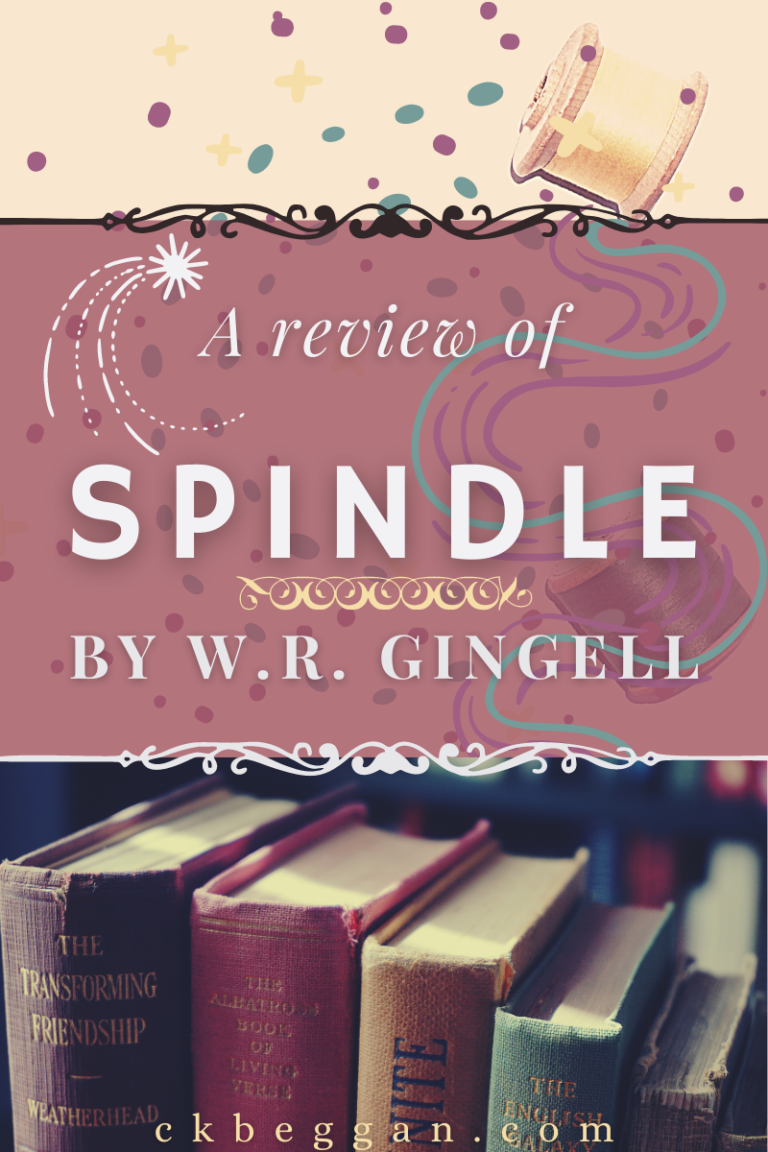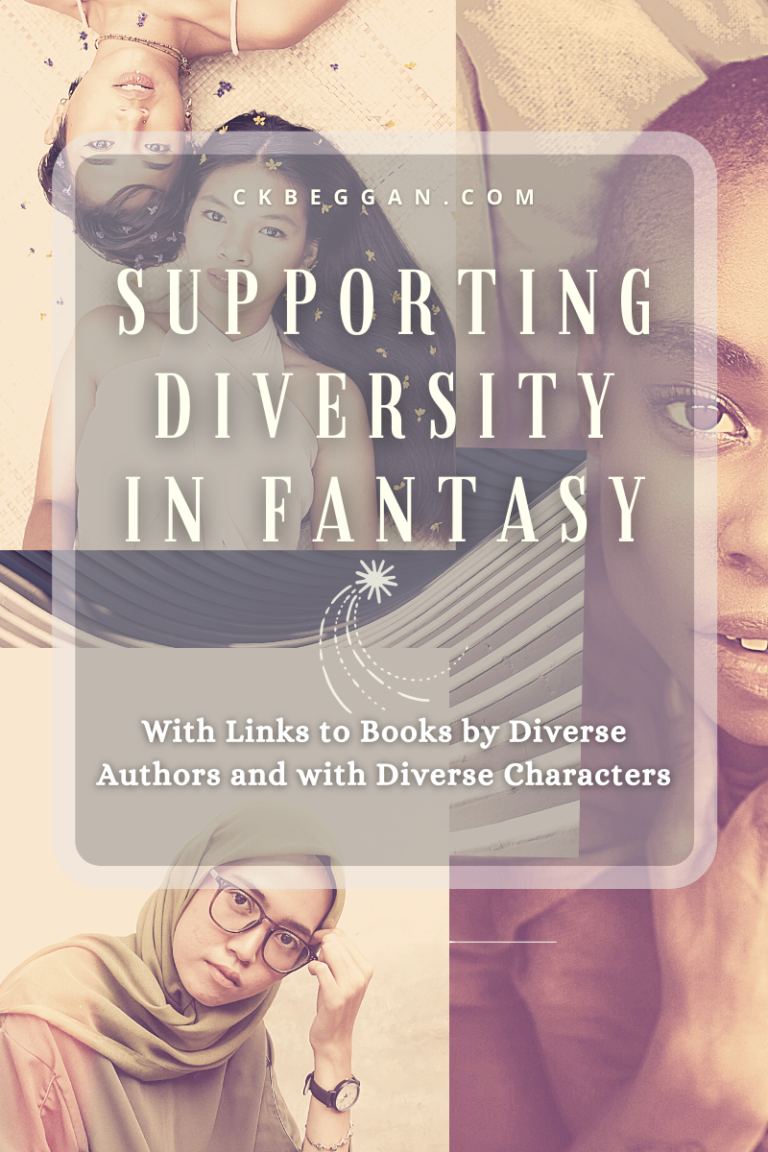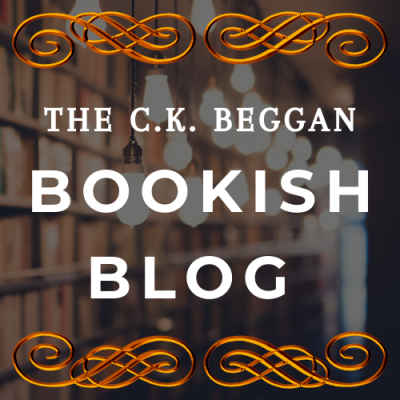Today we slap a well-deserved gold star on…

Spindle, by W.R. Gingell (Two Monarchies Sequence Book One, 2015, New Adult Fantasy/Fairy Tales/Romantic Fantasy).
Do you like fairy tale re-tellings, in which the original story is folded, spindled (ha!) and mashed into the unrecognizable and unique origami shapes of a drowsy heroine pretending to be the legendary sleeping princess people think she is, a little boy pretending rather convincingly to be a dog, an absent-minded wizard not even pretending to be listening (whose catchphrase might as well be “Huh. That’s interesting”), a malignant magical cube on a battlefield, a village in the shape of a spiral that’s bent by a jinx and an obvious but slippery villain?
Phew. That was one quirky mouthful. Today’s indie book spotlight lands on W.R. Gingell’s delightful Spindle, a fun and absorbing retelling of Sleeping Beauty that resembles the original almost not at all, in the very best way.
The magic system of Spindle is thread-based and interesting (and also literally hairy), with three different types of magic, each rarer than the last. The reader is dropped into it with no explanation. That leaves us catching up with what cursed heroine Poly (the non-princess sleeper) is discovering she can do as she discovers it, and as mystified as she is about what her rescuer, Luck, does with his magic. And he isn’t one to explain. It gives the world an authentic feeling, and keeps the pages turning, too.
Warm, silly, creative and clever: Not every book can surpass its typos like Spindle can. This wacky and wonderful book deserves all the stars I can chuck at it.
It isn’t a perfect book, but don’t let that stop you. The grammarian in me warns you that there are more typos in this book than the other high-quality indie books I’ve reviewed. Hyphens are almost nowhere to be found in the entire text, and the writing at the beginning left me as fuzzy as newly-awakened Poly. But its almost lyrical quality and the twisted presentation of an old tale cued me that this was worth reading. By the end I was beaming, and also leaving five star reviews without hesitation.
This isn’t a book that leans on its fun settings and quirky characters alone, either: it’s as imaginative as a fantasy reader could ever want. I continue to be amazed by the way little aspects of the plot and world-building came together at the end. It was clearly well-thought out and cleverly executed. And it’s enjoyable. You’ll find serious stakes and fierce fights here (and a bit of violence), but no endless doom and gloom.
Poly is also a heroine who gets kissed awake, then slugs her disinterested smoocher. She continually demands her personal space, which helps the romance feel earned. And she’s not a one-man gal, either; she has a couple forays into youthful romances, and who she ends up with is never truly a given (although a pair of time travelers threaten to spoil the suspense).
Spindle has more depth than just a romance plot, too. More than one kind of love is integral to the plot, and Poly’s development: there are parts about female friendship and kinship where there could have been a solid rivalry, a melancholic side-plot about the man who could’ve woken her, and a growing bond with the boy-turned dog that is crucial to Poly reclaiming a life after so many years of sleep. All of this advances the plot—and presumably sets it up for the next book in the series.
Well-rounded, often funny, carefully developed, with unique magic systems and a dive in-able magical world, Spindle is a fabulous book. Get past the opaque earliest chapters and typos, and you may adore it just as much as I do.










